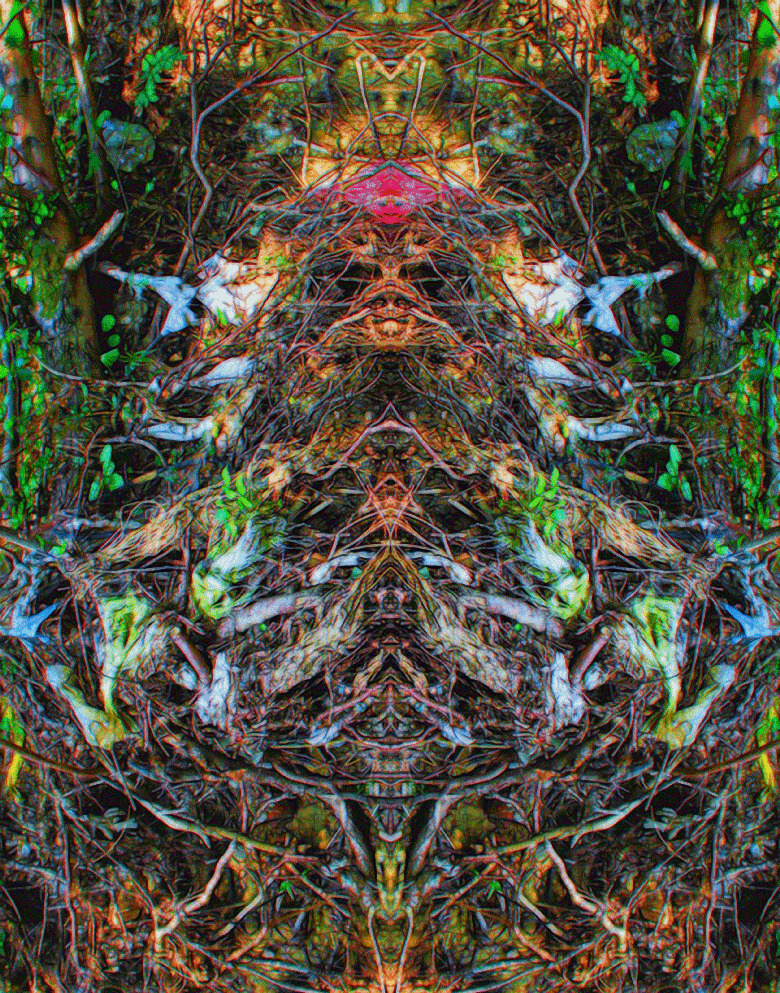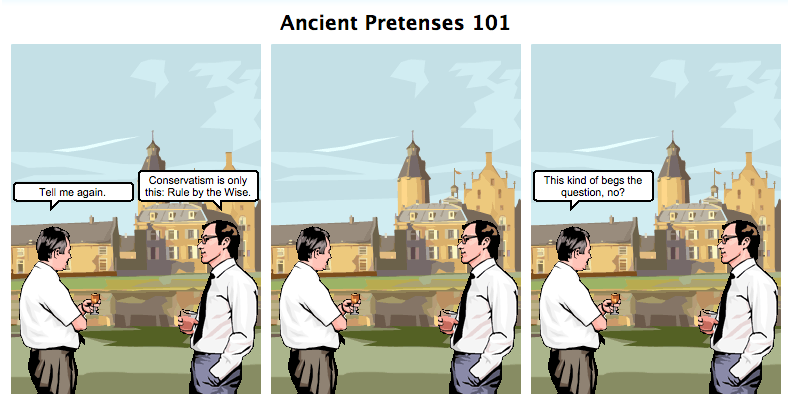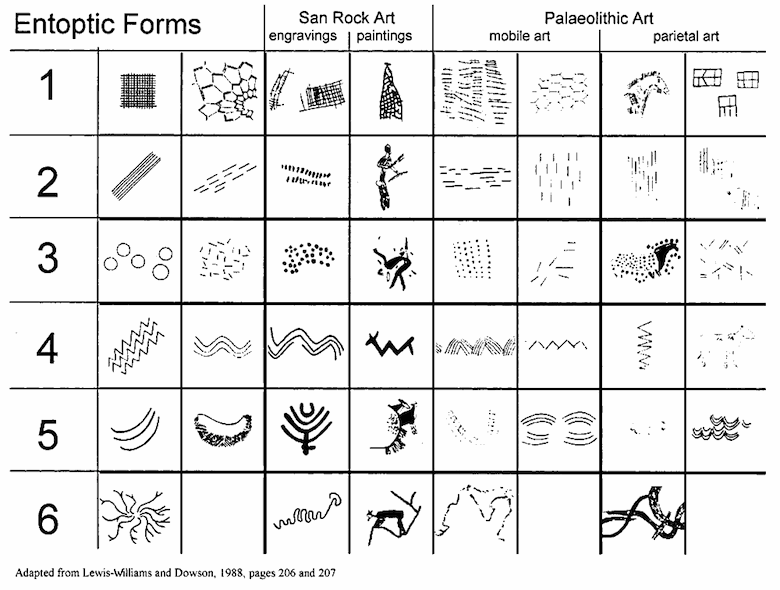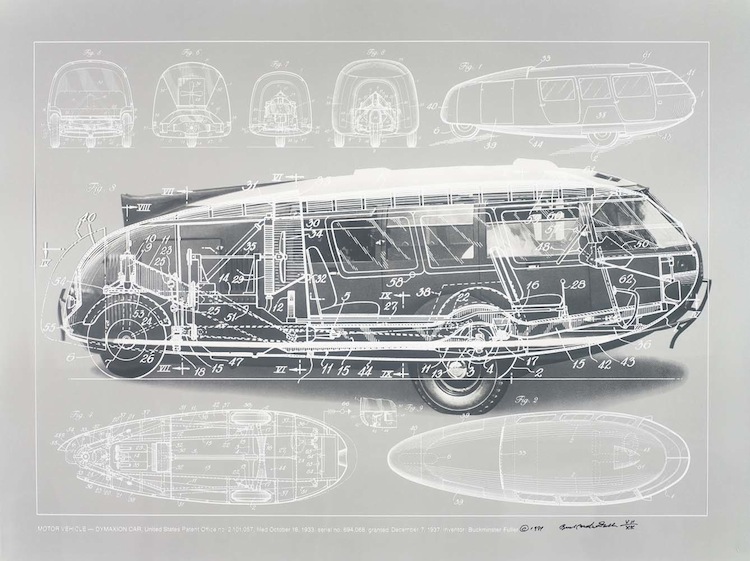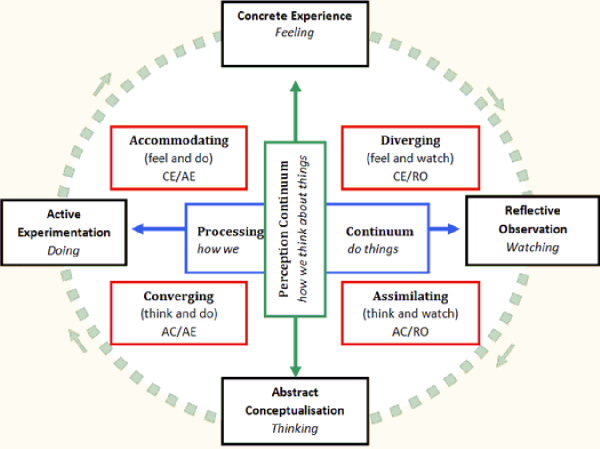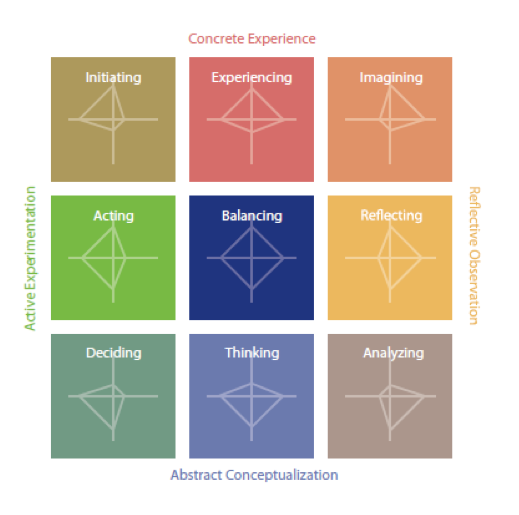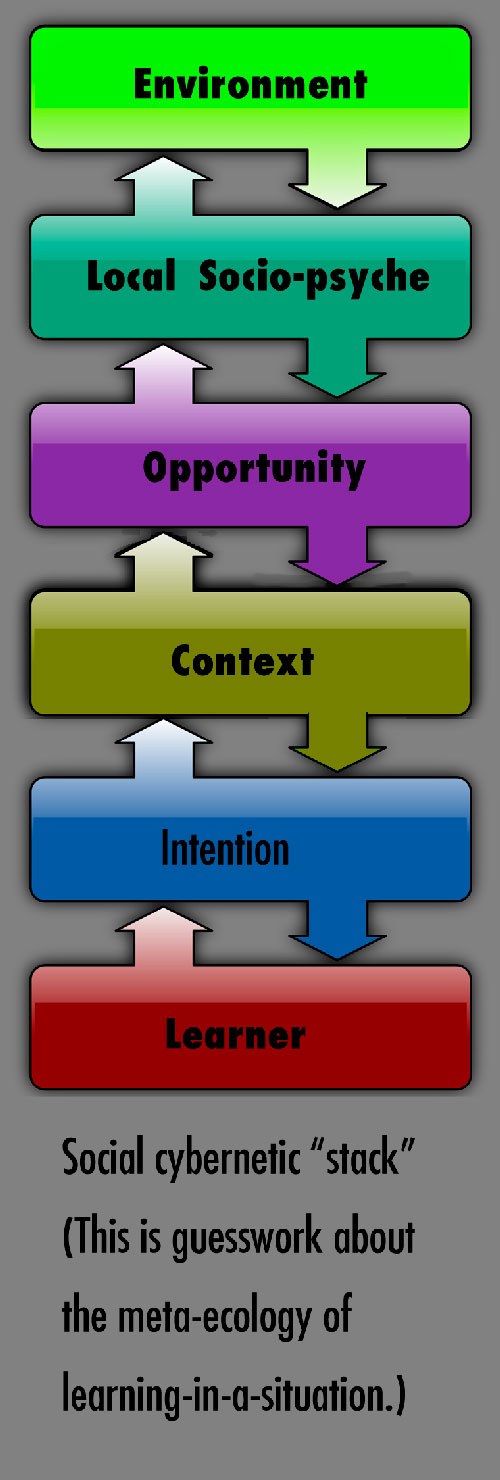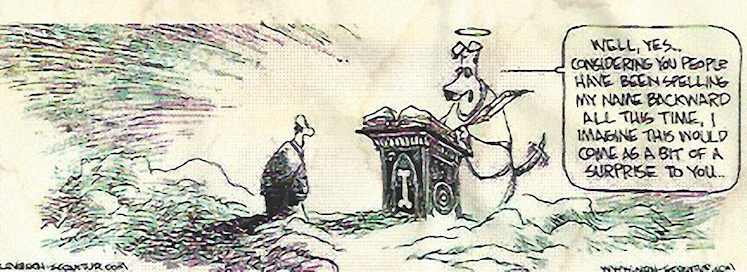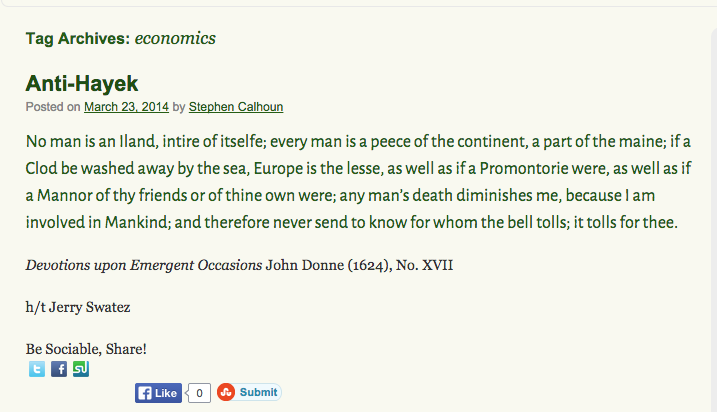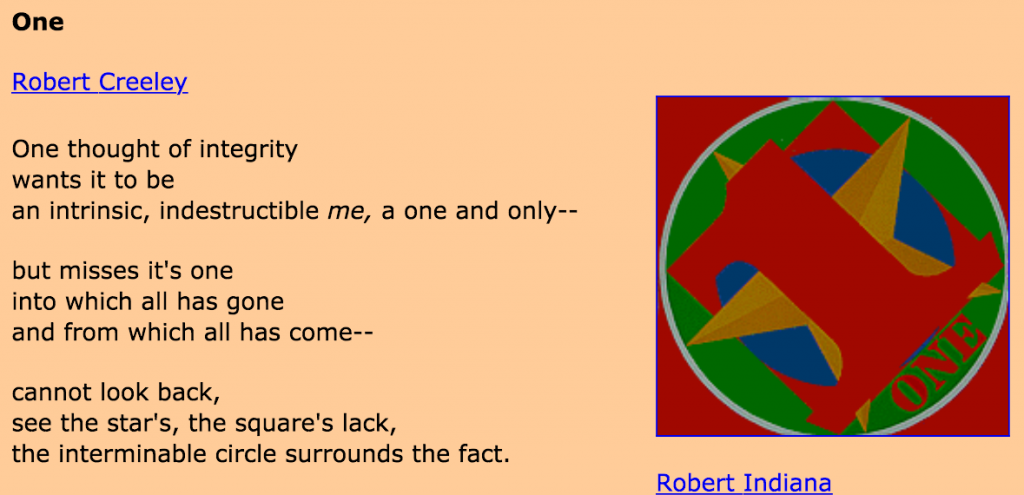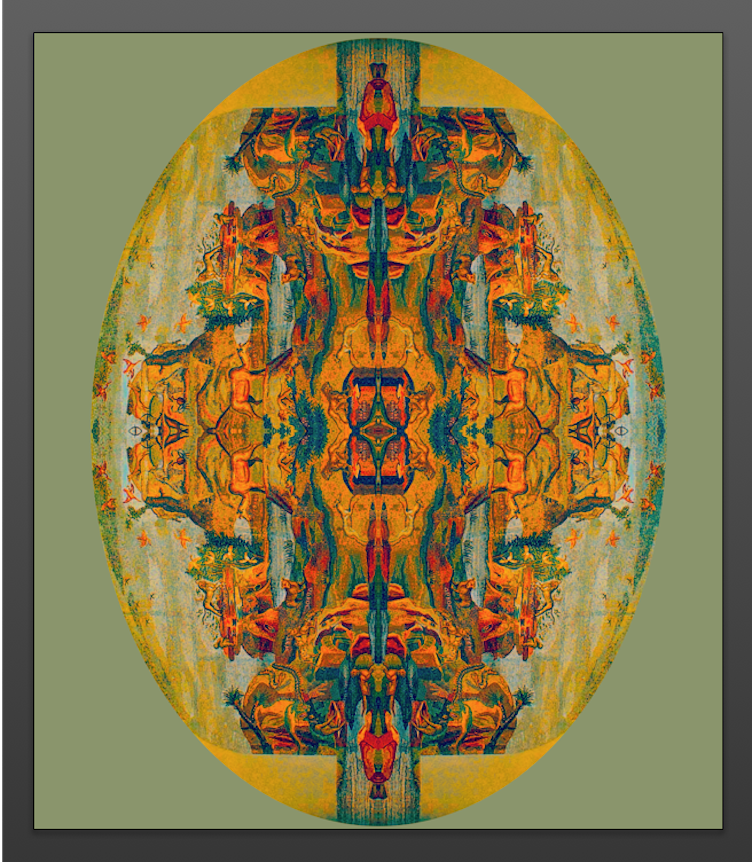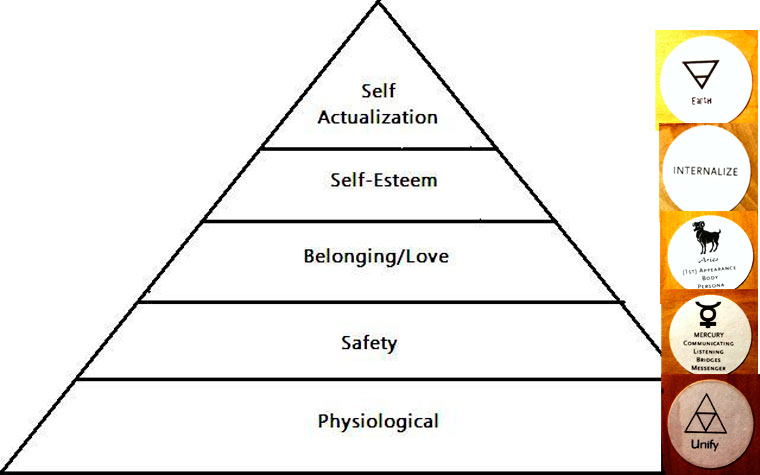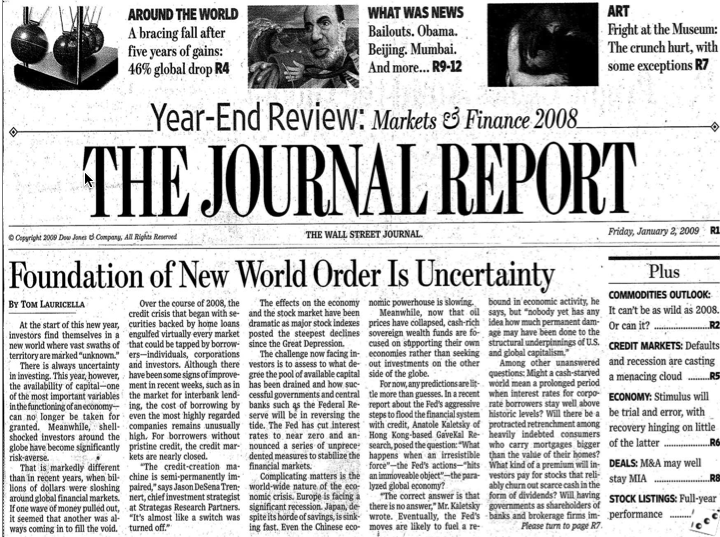
via Tom Woolley, Samson University
Confusions about probability cause probable errors. A possible conjunction supposes a chance of eventuation and has a chance of happening, yet after it has happened its chances of happening collapse to unity by virtue of the happening having occurred.
If/When
When Jesus is Lord of your life, there are no coincidences. Dick Luchtenberg, Journey to Freedom
“There are no coincidences in life.” Glenn Beck
“It is my purpose to show that it is logically impossible to ascribe any power to chance whatever… If chance exists in its frailest possible form, God is finished… If chance exists in any size, shape or form, God cannot exist.” R.C. Sproul. 1994. Not a Chance: The Myth of Chance in Modern Science and Cosmology
“If one likes one could ascribe this randomness to God, but it would be a very strange kind of intervention: there is no evidence that it was directed toward any purpose. Indeed if it were, it would, by definition not be random.” Stephen Hawking
Time to consult the Cube-O-Probe. Probe, in what direction might fruitful territory be discovered for further investigation of the aspects of coincidence and a priori requisite in the quiddity of eventuation?
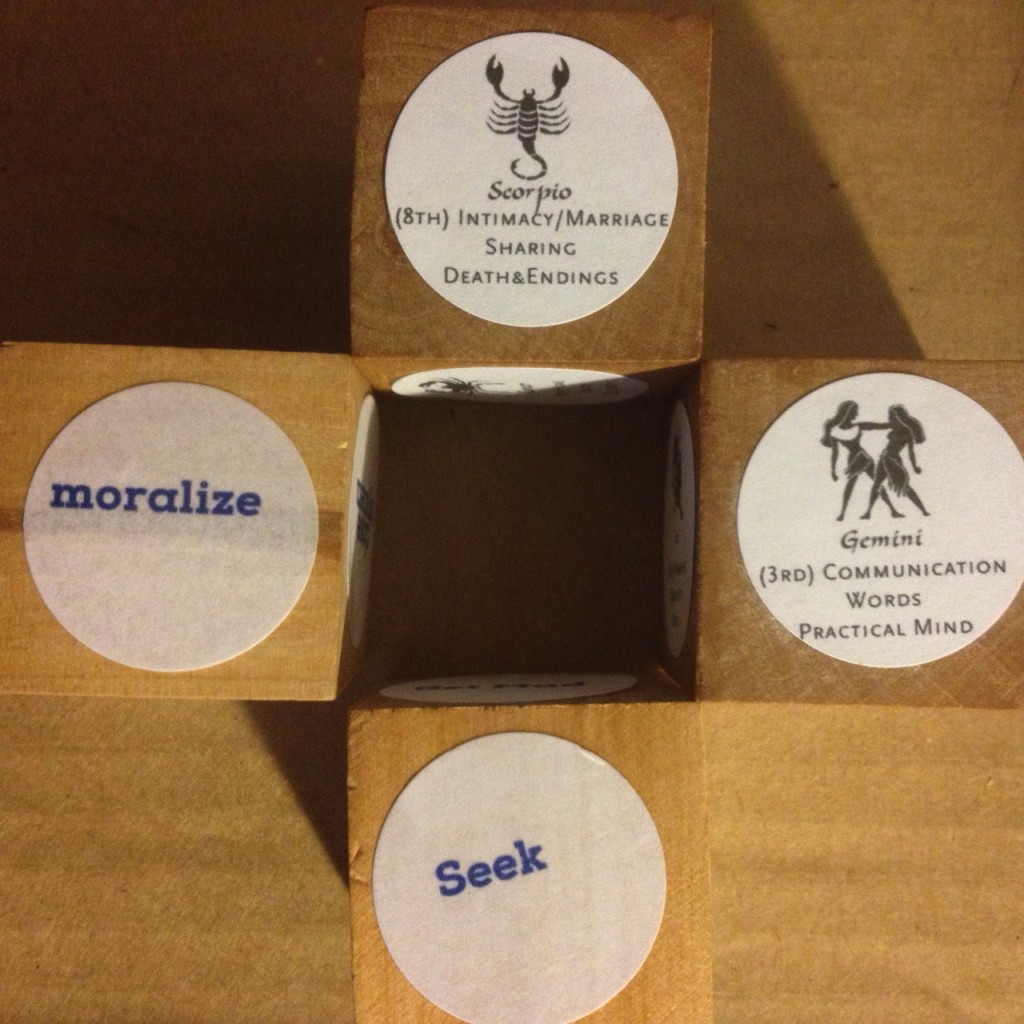
Comment: The Probe suggests an obvious investigatory dialectical vector between the practical consideration of the marriage of the apparently opposite chance and foreordained, with the completely knotty problem of seeking essential morality within this same interplay. Here also is the ping-ponging between theological and Newtonian determinism, and maybe this could give into finding dual forms for morality. Once again the Cube-O-Probe charts the way!
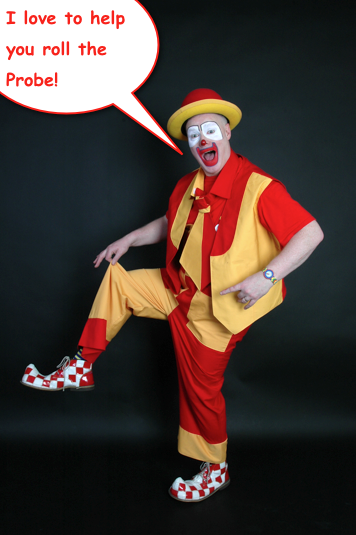
Doxastic commitment, or “soul in the game”: You can only believe predictions and opinions by those who committed themselves to a certain belief, and had something to lose, in a way to pay a cost in being wrong. Nassim Taleb (from the Anti-Fragile Glossary)
“The general principle of antifragility, it is much better to do things you cannot explain than explain things you cannot do.” – Nassim Taleb
coincidence (OED)
[a. F. coïncidence, L. type *coincidentia: see coincident and -ence.]
1. a.1.a The fact or condition of being coincident; the occupation of the same place or part of space.
1626 Bacon Sylva (1677) §224 There can be no Coincidence in the eye, or Visual Point. 1715 Cheyne Philos. Prin. Relig. (J.), The coincidence of the planes of this rotation with one another, and with the plane of the ecliptick. 1831 Brewster Newton I. x. 222 The singleness of the picture arises from the coincidence of the two pictures. 1870 R. M. Ferguson Electr. 33 This want of coincidence of the points of vertical dip and of maximum intensity.
fig. or transf. 1650 Fuller Pisgah v ii. §5 By a casuall coincidence some straggling words of the Athenians may meet in the mouths of the veriest Barbarians. 1847 Emerson Repr. Men, Plato Wks. I. 304 The rare coincidence, in one ugly body, of the droll and the martyr.
b.1.b (with pl.) A case of coincidence.
1837 Whewell Hist. Induc. Sci. (1857) I. 153 The method of making visual coincidences. 1880 Adams in Times 28 Dec. 10/2 The new line-spectra, the real basic lines of those substances which show coincidences.
2.2 Occurrence or existence at the same time; simultaneous occurrence or existence.
1650 Fuller Pisgah iii. iii. §8 There might be a casuall coincidence of this feast and his presence at Jerusalem. 1681 More Expos. Daniel 257 There is a Coincidence, at least of time. 1722 Susanna Wesley in Eliza Clarke Life (1886) 130 There hardly ever was a greater coincidence of unprosperous events in one family. 1837 H. Martineau Soc. Amer. III. 297 A happy coincidence of outward plenty with liberal institutions. 1878 Huxley Physiogr. xx. 342 The coincidence of twelve by the clock with noon by the sun-dial?is exact only four times in the year.
3. a.3.a Exact agreement or correspondence in substance, nature, character, etc.
1605 Bacon Adv. Learn. ii. v. §3 Is there not a true coincidence between commutative and distributive justice, and arithmetical and geometrical proportion? a?1716 South Serm. VII. v. (R.), Those who discourse metaphysically of the nature of truth?affirm a perfect coincidence between truth and goodness. 1831 Brewster Newton (1855) II. xxiv. 352 The coincidence of the religious views of Sir Isaac Newton with those of John Locke. 1876 Grote Eth. Fragm. iii. 58 These two ends of action are sometimes found in conflict, but more frequently in coincidence.
b.3.b (with pl.) An instance of such agreement or correspondence.
a?1661 Fuller Worthies (1840) I. 201 A local coincidence, which?cannot be paralleled. 1736 Butler Anal. ii. vii. 356 Evidence arising from various coincidences. 1790 Paley Horæ Paul. Rom. ii. 13 Such coincidences may fairly be stated as undesigned. 1867 Freeman Norm. Conq. (1876) I. App. 724 A remarkable series of undesigned coincidences in favour of the belief.
4.4 A notable concurrence of events or circumstances having no apparent causal connexion.
a?1682 Sir T. Browne Let. to Friend (Camelot ed.) 185 That he should also take King Francis prisoner upon that day [of his nativity], was an unexpected coincidence. 1821 De Quincey Confess. Wks. 1863 I. 96, I felt it at the time?as a singular coincidence, that twice, etc. 1823 Byron Juan vi. lxxviii, A ‘strange coincidence,’ to use a phrase By which such things are settled now-a-days. 1829 Scott Guy M. Introd., The fact, if truly reported, is one of those singular coincidences which occasionally appear. 1865 Livingstone Zambesi xix. 378 It might be only a coincidence.
5.5 Of persons: Agreement or concurrence (in opinion or sentiment).
1795 Hull Advertiser 28 Nov. 3/1 Mr. Sturt?expressed his co-incidence with the sentiments of [the Petition]. 1800 Wellington in Owen Disp. 647 You are already apprized of my entire coincidence in your opinion. 1800 Syd. Smith Six Serm. 60 A modest coincidence with received opinions above our faculties.
†6.6 Falling together, conjunction blending. Obs.
c?1645 Howell Lett. (1650) II. 88 The Latine tongue, with the coincidence of the Goths language and other northern peeple.
7. a.7.a Physics. The indication of the occurrence of ionizing particles in two or more detectors simultaneously (see quot. 1958). Also attrib. Cf. anti-coincidence.
1930 Physical Rev. XXXV. 651/2 Enormously increased resolving power can be obtained by the requirement of multiple instead of paired coincidences. The attainment of very great freedom from accidental coincidences is of greatest importance [etc.]. Ibid. 652/1 Automatic recording of the amount of the penetrating radiation coming from particular areas of the sky, using two tube-counters and a special ‘coincidence circuit’. 1938 R. W. Lawson tr. Hevesy & Paneth’s Man. Radioactivity (ed. 2) xxv. 280 Insertion of sheets of lead between the counters only slightly diminishes the number of simultaneous discharges (coincidences), and this proves that we are here confronted?with cosmic rays. 1940, etc. [see anti-coincidence]. 1958 Van Nostrand’s Sci. Encycl. (ed. 3) 369/1 A true coincidence is one that is due to the detection of a single particle or of several genetically related particles. An accidental, chance, or random coincidence is one that is due to the fortuitous occurrence of unrelated counts in the separate detectors.
b.7.b Computers. Equivalent signals received simultaneously in an electronic circuit; the reception of such signals. Also attrib.
1947 Rev. Sci. Instruments XVIII. 907/1 In order to reduce chance coincidences to a minimum, it is necessary to use a coincidence circuit. 1948 Ibid. XIX. 565/2 Methods can be found for modulating one of the E.M.T.’s?so that the E.M.T.’s themselves form a coincidence or anticoincidence system. 1950 C. B. Tompkins et al. High-Speed Computing Devices iv. 37 An electronic gate is a circuit with a single output and two (or more) inputs so designed that an output signal is produced when, and only when, input signals are received on both (or on a particular set of) input leads. Such circuits are variously known as gates, coincidence circuits, Rossi circuits, or logical and circuits. 1953 A. D. & K. H. V. Booth Automatic Digital Calculators xi. 111 Coincidence sensers. In computing machine design it is frequently necessary to have available means for ascertaining the identity of two quantities. 1964 M. J. Pedelty in Tou & Wilcox Computer Sci. x. 248 The essence of the system?is that signals are ‘broadcast’ on a ‘to-whom-it-may-concern’ basis. Coincidence gates and delays can then be used to detect certain pulse patterns from the ‘broadcast alphabet’.

